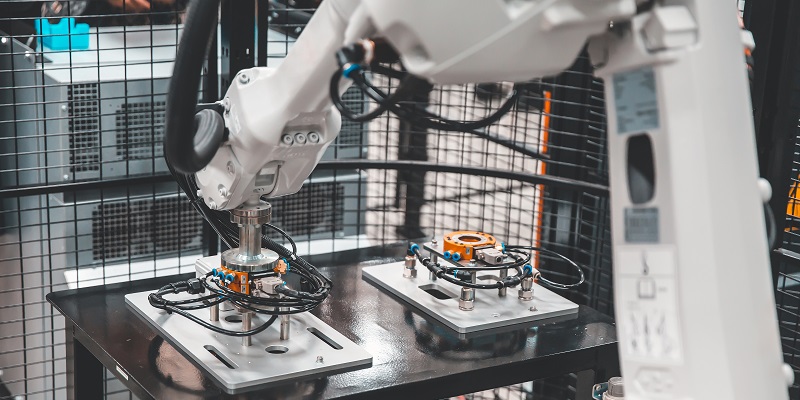A research group from the Japan Advanced Institute of Technology (JAIST), led by Associate Professor Van Anh Ho, has developed an innovative solution to overcome the limitations of traditional grippers. Named the ROSE gripper, this remarkable device is set to revolutionize gripping applications across various industries. By combining inspired design with versatile functionality, the ROSE gripper promises significant benefits in terms of adaptability, efficiency, and performance.
Design of the ROSE Gripper
The design of the ROSE gripper is what sets it apart. Drawing inspiration from the beautiful and adaptive nature of roses, this mechanism is composed of interconnected components that imitate the altering shapes of roses. Just like how roses bloom during the day and close up at night, the ROSE gripper displays adaptability in different gripping scenarios. This design approach not only enhances the aesthetic appeal but also contributes to the gripper’s practicality and versatility.
Advantages of the ROSE Gripper
Compared to highly traditional grippers, the ROSE gripper showcases significant advantages. Firstly, its innovative design allows for improved dexterity and precision, enabling it to handle objects with greater ease. The interconnected components enable the ROSE gripper to adjust its shape and grip according to the object’s contours, resulting in a more secure and effective grip. Secondly, the ROSE gripper eliminates the need for complicated control and sensing mechanisms, reducing complexity and cost.
Applications of the ROSE Gripper
The potential applications of the ROSE gripper are vast and varied. Its exceptional adaptability makes it ideal for handling fragile produce, such as pears and strawberries, as well as slippery objects. The ROSE gripper’s ability to adjust its shape and grip provides enhanced control and reduces the risk of damaging delicate items. With its versatility and precision, the ROSE gripper holds great promise for tasks such as harvesting operations and sorting items in factories, leading to improved efficiency and productivity.
To assess the durability and performance of the ROSE Gripper, a severe test was conducted. The gripper was subjected to a scenario where the funnel was cut into four separate sections at full height. Astonishingly, the ROSE Gripper withstood the test, showcasing its ability to thrive in demanding situations. This resilience confirms the gripper’s reliability and demonstrates its potential for applications in challenging environments.
Future Development of the ROSE Gripper
While the ROSE gripper already offers exceptional functionality, future developments hold even greater possibilities. One prospective enhancement is to further equip the gripper with sensing abilities. Through the integration of smart sensors, the ROSE gripper can gather data and adjust its gripping technique in real time, further improving its adaptability and overall performance. Such advancements would expand the gripper’s potential applications and open up new avenues for gripping technology.
The ROSE gripper, developed by the research team at JAIST, offers a groundbreaking solution to the limitations of traditional grippers. Its innovative design, inspired by the adaptive qualities of roses, provides substantial advantages over conventional alternatives. The ROSE gripper’s adaptability, versatility, and efficiency make it an attractive option for various industries, including harvesting operations and production facilities. With the potential for further advancements, the ROSE gripper holds the promise to revolutionize gripping applications and gain widespread acceptance across multiple fields. As technology continues to evolve, the ROSE gripper is set to play a pivotal role in enhancing productivity and efficiency in gripping operations.

